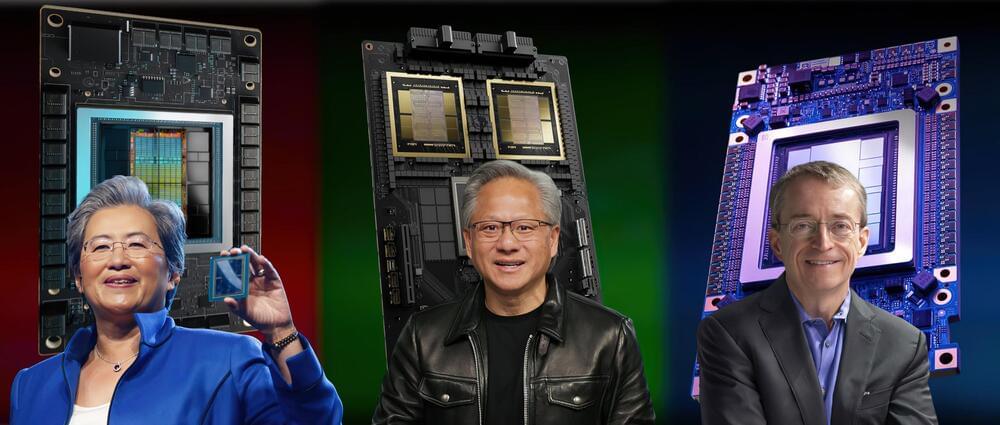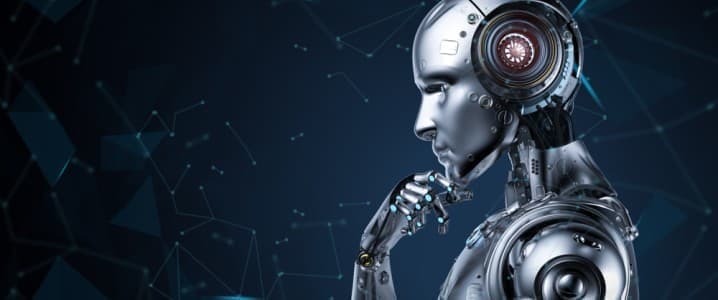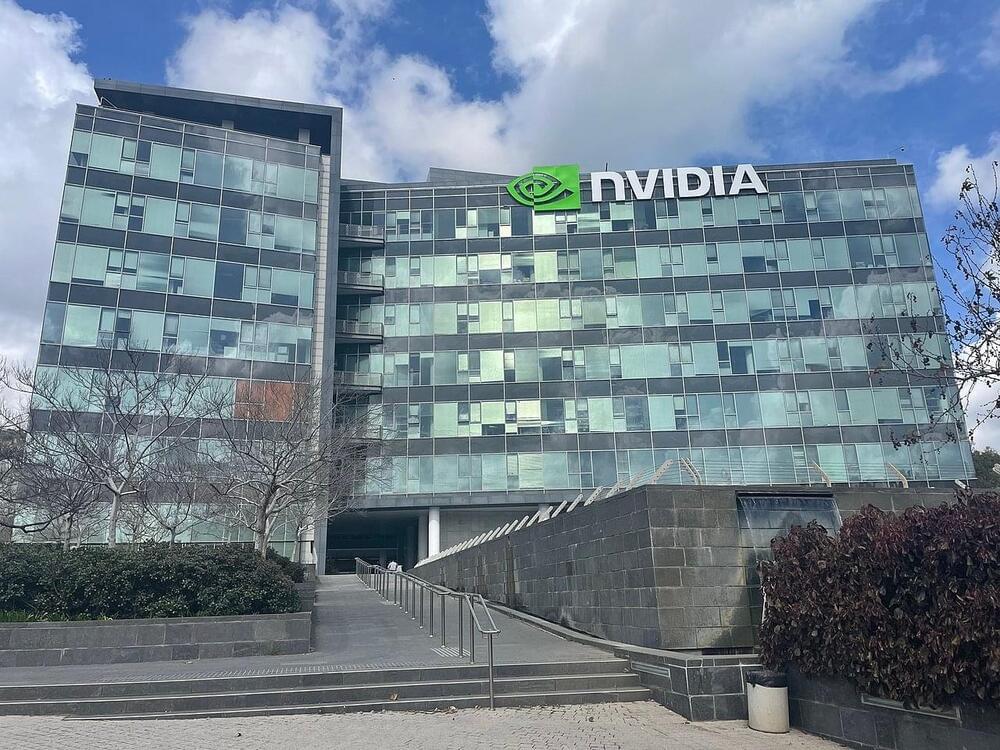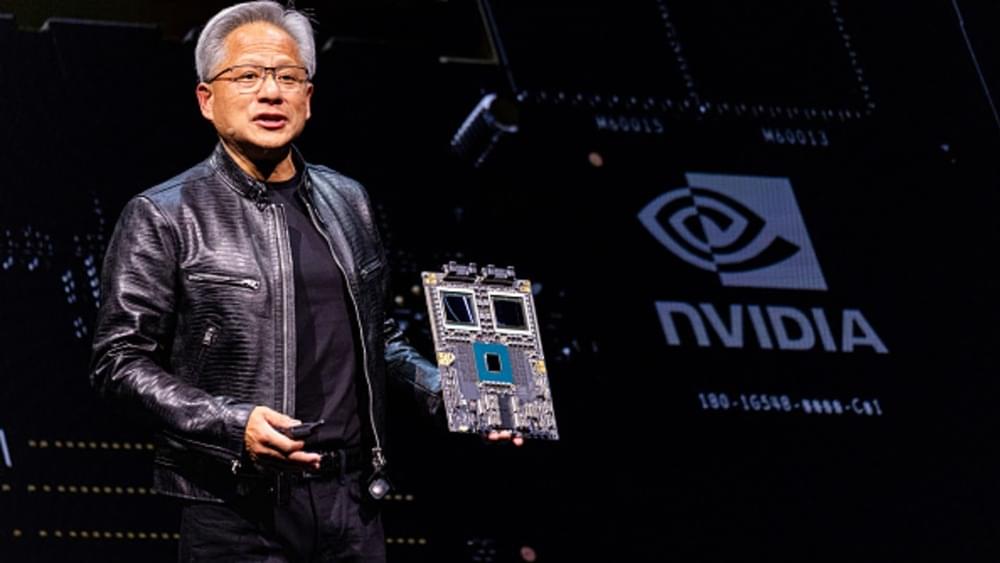Taking aspirin regularly cuts the risk of developing pancreatic cancer by 40% in people with diabetes and by 20% in the general population, according to research.
The PLANETS cancer charity funded the study, which it said has made a “significant finding” for the treatment of what is “one of the worst” cancers because of its poor survival rate.
Researchers at University Hospital Southampton and the University of Southampton studied almost 10,000 people from the UK Biobank – a cohort of 500,000 people aged between 37 and 73 recruited between 2006 and 2010.








